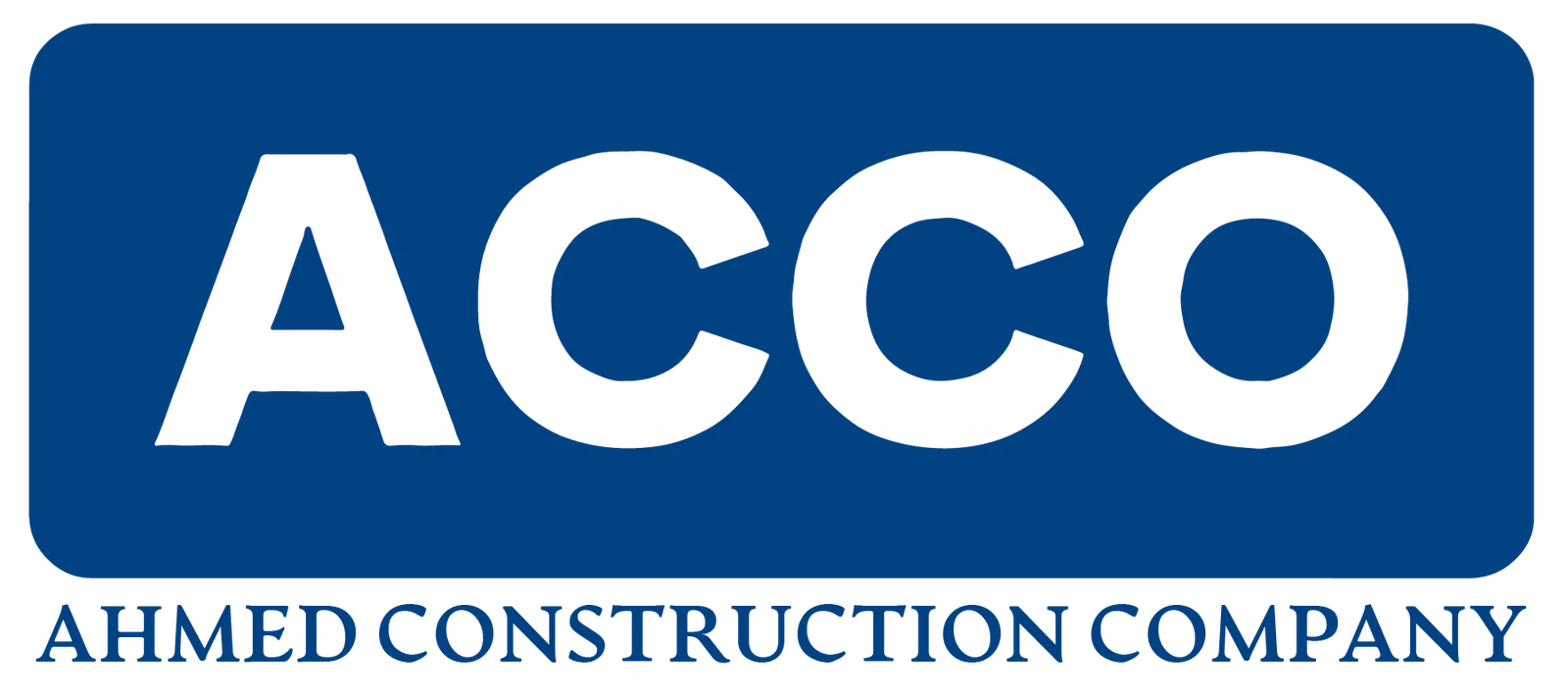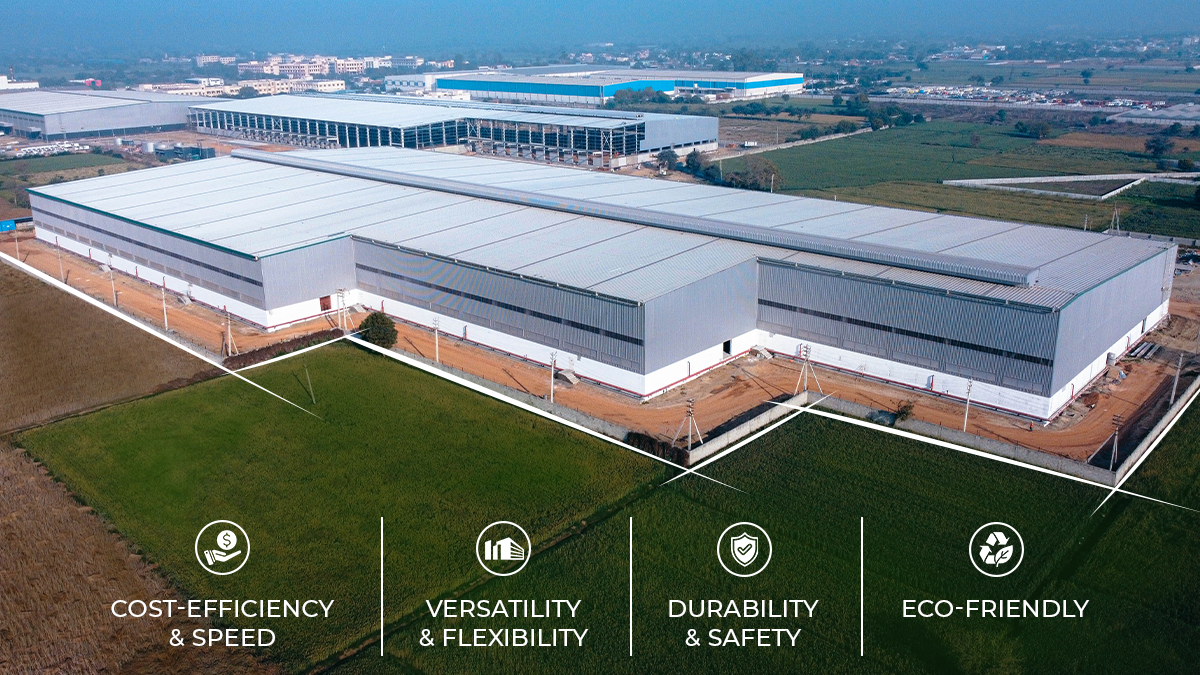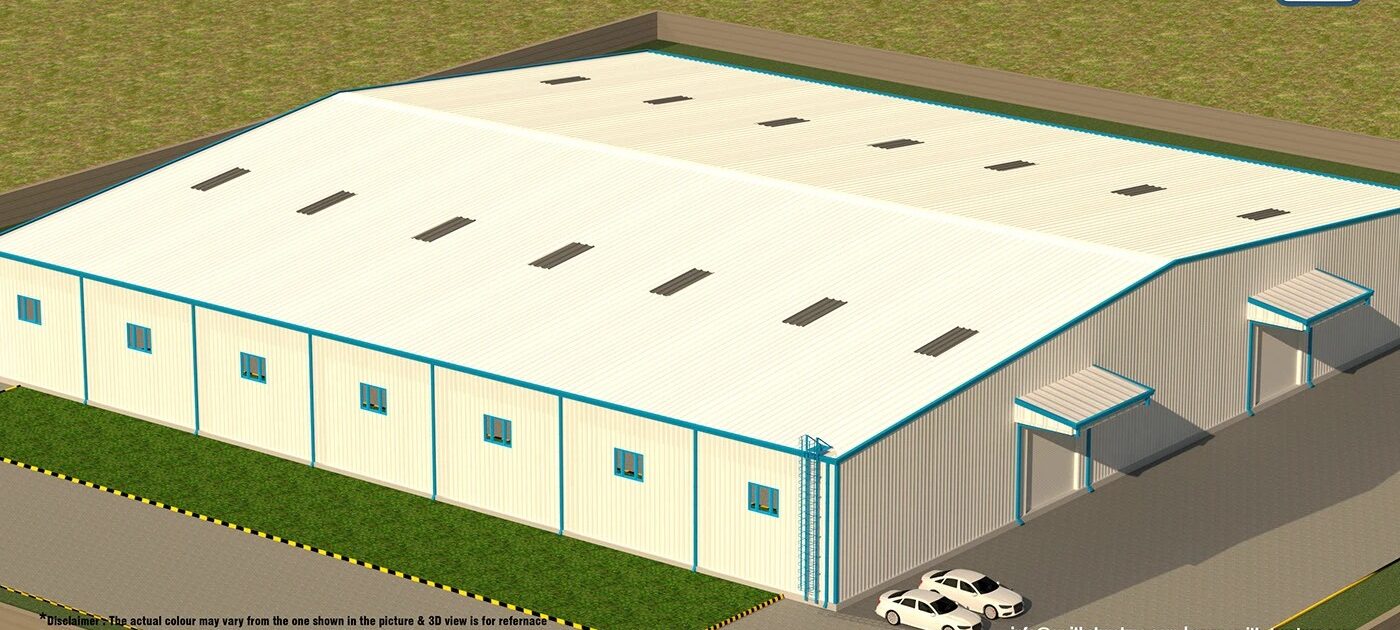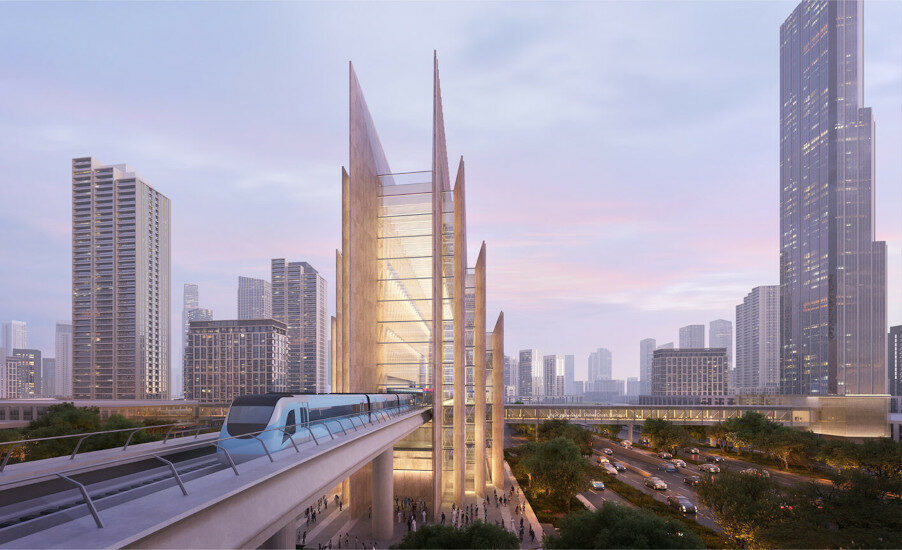
Dubai Taps Parsons to Deliver Ambitious Metro Expansion
[ad_1]

Parsons Corp. has been tapped by Dubai’s Roads and Transport Authority (RTA) to steer the five‑year rollout of the new $5.6-billion Metro Blue Line, a 30‑km rail link set to redefine the emirate’s urban mobility.
The Chantilly, Va.–based firm will serve as the project management consultant through a contract valued at $218 million, announced July 8. The work involves overseeing design review and procurement to construction supervision, testing and commissioning, and final handover.
‘‘We are proud of our long-standing partnership with RTA and are committed to working with their expert team on expanding the Dubai Metro network in line with the emirate’s vision to provide seamless, safe and sustainable mobility solutions,” Pierre Santoni, president of Infrastructure EMEA at Parsons, said in a company news release.
Parsons’ scope includes coordinating detailed design checks, advising on procurement strategy, supervising construction quality and safety, and overseeing testing, commissioning and turn‑over to RTA operations.
The company’s resume in Dubai already includes the Red and Green Metro lines, the Route 2020 extension and the city’s intelligent traffic systems. The new line will expand the city’s rail network to 131 km, with 78 stations and 168 trains in operation.
RELATED
Saudi Arabia Selects Bechtel, Parsons for Riyadh Mega-Airport Project
Scheduled to open in 2029, the 30-km Blue Line will include 14 stations, linking fast-expanding districts such as Mirdif, Dubai Silicon Oasis, Dubai Creek Harbour and Dubai Festival City, according to Dubai officials. RTA projects daily ridership at up to 320,000 passengers. It will be Dubai’s fifth major mass transit initiative, following the Red and Green metro lines, Dubai Tram, and Route 2020.
“The project builds on the remarkable success of the Dubai Metro since its inauguration on 9 September 2009,” Mattar Al Tayer, director general and RTA chairman of the board, said in the December 2024 news release unveiling the plan.
The planned Emaar Properties Station on the line was designed by New York City-based Skidmore, Owings & Merrill (SOM). When completed it will be the tallest metro station in the world; standing at 242 ft.
“The new Blue Line aligns with the objectives of the Dubai Economic Agenda D33 and the Dubai 2040 Urban Master Plan, reinforcing Dubai’s vision to become the world’s best city to live in,” he added.
The line will feature fully automated, driverless trains powered by a third-rail electrification system and equipped with platform-screen doors, along with advanced communications-based train control technology. Works span 15.5 km of bored tunnels beneath sensitive creek-side terrain and 14.5 km of elevated viaducts through densely built neighborhoods.
Construction Challenges
The main construction package, awarded in December 2024 to a consortium led by Turkey’s MAPA‑Limak and China’s CRRC, carries a price tag of $5.6 billion. The project poses significant challenges which include tricky soil conditions near the creek and tight clearances in built‑up districts.
Geotechnical investigations published by the Dubai RTA in February indicate that tunneling beneath Dubai Creek will traverse unconsolidated marine sands and sabkha layers prone to running, interspersed with weakly cemented gypsum lenses, calcium‑carbonate concretions and subterranean voids.
A high groundwater table—sitting just three to four meters below grade in hypersaline conditions—amplifies the risk of inflows and corrosion. At the same time, the loose deposits carry a potential for liquefaction under loading.
The erratic ground conditions require earth-pressure-balance tunnel boring machines with foam conditioning, robust segmental linings fitted with hydrophilic gaskets, continuous dewatering systems, and extensive pre-construction borehole and cone-penetration testing to manage ground risk and safeguard adjacent structures, according to the RTA’s geotechnical report.
Project teams plan to deploy advanced segmental tunnel liners, noise-mitigation track slabs and a digital project-control platform for real-time safety and progress monitoring.
On the operational side, energy-saving LED lighting, regenerative braking trains and LEED-certified station designs will help the line meet Dubai’s ambitious sustainability benchmarks, according to Parsons.
Fueling Economic Ambitions
The Blue Line is among 100 flagship infrastructure projects that are part of Dubai’s D33 Economic Agenda—an initiative to double the emirate’s GDP and vault it into the world’s top three cities by 2033. The infrastructure priorities identified in that intuitive dovetail with the UAE’s 2040 plan.
The RTA’s ongoing projects portal shows that, in addition to the Metro Blue Line, Dubai is carrying out major road network improvements as part of its 2040 Urban Master Plan. The Al Khail Road development includes seven locations—Za’abeel, Meydan, Al Quoz 1, Ghadeer Al Tair, Jumeirah Village Circle, Al Jaddaf, and the Business Bay gateway—and features 3.3 km of new bridges and 6.8 km of widened lanes.
According to the RTA’s project page, the development aims to increase capacity by approximately 19,600 vehicles per hour and reduce travel times by 30%.
Another major transportation improvement is the $35-billion plan to expand the Al Maktoum International Airport over the next 10 years. The new airport, also known as Dubai World Central, would replace the existing Dubai International Airport, currently the busiest in the world for international traffic.
The new airport will cover 27 sq miles and include five parallel runways. The four terminals will accommodate 400 gates, thus enabling the facility to handle up to 260 million passengers and more than 13 million tons of cargo per year.
In addition, Dubai has also launched an $8.2 billion effort to build a new stormwater drainage network for the city. Severe flooding inundated the region last year following the largest volume of rain in the UAE since record-keeping began in 1949.
In response, Dubai officials announced an infrastructure package that would increase Dubai’s rainwater drainage capacity by 700% to 20 million cu m daily. Part of the project will involve boring tunnels with a flow capacity of 230 cu m per second. Dubai is set to begin the project immediately, with phased work completion by 2033.
[ad_2]
Source link
Post a Comment
You must be logged in to post a comment.
